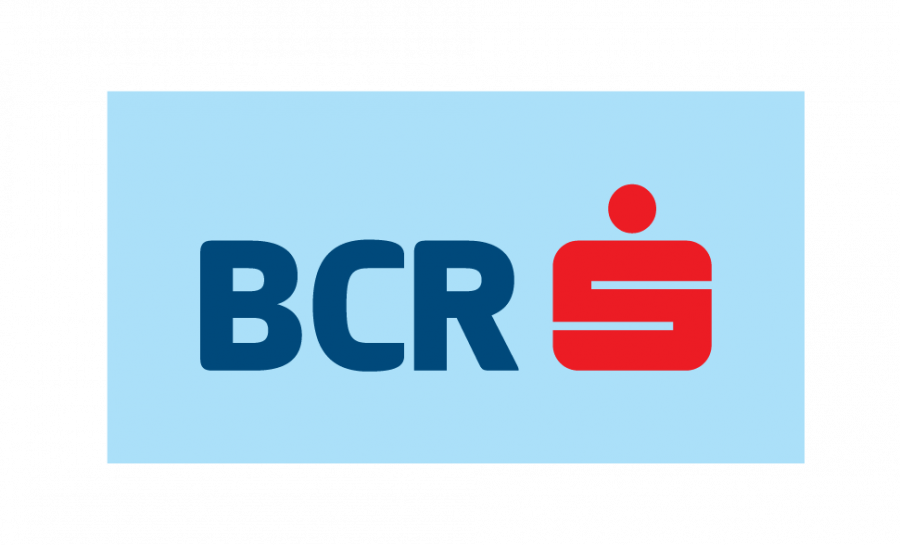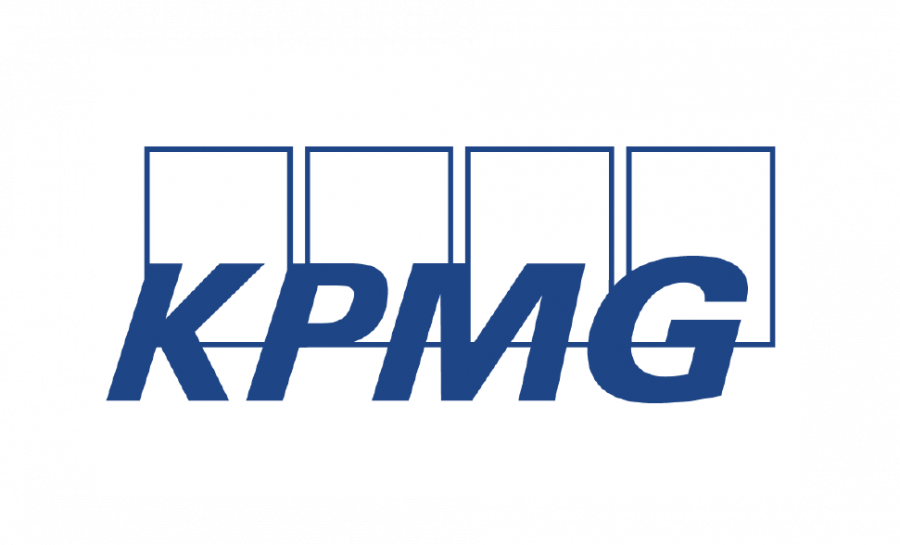29 October, 2018

Innovation is essential for companies to stay relevant. Although many agree with this statement, there’s still the question ‘how can big companies become innovation engines?’, a question that until recently had no clear answer. ‘The Corporate Startup’ is a playbook that provides just that – a proven methodology for building a culture of innovation.
We have sat down with Dan Toma and discussed the pressure on established companies to innovate, the challenges most companies face, and the principles and practices he proposes. His answers and thoughts in the interview below.
Q1: It is well known that big companies made it until today due to very good work processes. Why is it so difficult for corporations to transform their organizations into innovation engines?
I call the syndrome you are describing the infamy of success syndrome. Other thinkers refer to this as the innovator’s dilemma.
But before we dive into the why, we should clarify one thing. Saying that large organizations (whether they are private or public) are poor at innovating is an arrogant overstatement. All corporations are good at innovating, but only when it comes to incremental innovation. Unfortunately, in today’s world, incremental innovation is no longer sufficient to stay relevant. The challenges corporations are facing, and the speed at which these challenges appear is exponential. One can’t hope to succeed in an exponentially changing environment with linear solutions (i.e., incremental innovation).
Getting back to the why, companies find it hard to invest in breakthrough innovation for several reasons:
- They don’t know where to start
- They don’t have the right people to start. People that are great at ‘milking cash cows’ are often times poor innovators. They are just not hardwired to move things from 0 to 1. Most people who work in corporations were hired based on their exploitation capabilities, not their exploration ones.
- In the absence of a clear top management mandate fully endorsed by other parts of the organization, innovation seems a distraction.
- There is no clear ROI, and also the risks are higher. Basically, corporations face the dilemma of whether to invest a given amount in the core business with a marginal but guaranteed ROI or invest in breakthrough innovation with a high potential dividend yield but at tremendous risk. In most cases, when one’s bonus and promotion is decided based on the ROI they offer to the company, the decision becomes trivial.
Q2: What is an innovation framework and how does it help companies?
I don’t want to prescribe a dogmatic approach to creating an innovation management framework. Every company needs to create its own framework based on the internal constraints and ambitions they have. The one I’ve used with my clients and the one we proposed in our award-winning book, ‘The Corporate Startup’, has 3 key elements: innovation strategy, innovation practice, and innovation management. All ingredients need to be in sync and complement each other so results can be obtained. The idea behind the proposed framework is an iterative approach to innovation strategy formulation and deployment.
We have identified five principles for building corporate innovation ecosystems. But to get started, a company only needs to do three things:
- understand its current situation (and for this, I recommend an innovation ecosystem assessment)
- understand where it wants to go and synthesize the innovation strategy (growth ambition) into an actionable document (innovation thesis)
- tie the innovation strategy with the core business strategy.
Companies that want to adopt iterative methodologies such as agile or lean startup need to understand that these are primarily geared towards cost avoidance – profitability is just a secondary benefit. Avoiding the cost of building the wrong thing is a necessary but insufficient condition for building the right thing – i.e., becoming profitable. Done right, new business building (innovation) will yield dividends in 3 to 5 years – basically the time it takes for a venture to mature. But even this time horizon is highly dependable on the industry, market, and many other factors.
As for the KPIs, innovation managers can use to assess the progress, my preferred ones, and the easiest to compute, are time-to-insight and cost-of-insight. But there are many KPIs in the field of innovation accounting, and many more will be created as the adoption of innovation as a growth strategy increases.
Q3: How do the principles of product testing and product iteration fit in a corporate world where work processes and rules play such an important role?
It’s definitely not an easy journey to adopt a new methodology and mindset. The adoption curve starts with understanding that there are no one-size-fits-all solutions and that tools and methods need to fit the tasks – not the other way around.
For a new methodology to get rooted in a company, it needs to get institutionalized top-down. The more people will be trained to implement it, the more it will get adopted. Goes without saying that some parts of the existing modus operandi will need to change, but as long as the evidence is there to justify the change, the adoption will happen.
Q4: Why don’t we see more companies setting up an innovation department? What are the barriers?
Some of the reasons have been stated above. But what’s important to note is that companies need to move away from the idea of a department that deals with everything related to innovation. This mindset will trigger the wrong narratives such as ‘us vs. them’, ‘not invented here’, and ‘not my job’. Innovation is everyone’s job, and a dedicated department should only supplement existing efforts and address the disruption end of the innovation spectrum more intensely.
Most companies that relied solely on an innovation department for all their innovation efforts came out disappointed after a few years and reverted back to the old behavior of investing only in ‘faster horses’.
Q5: What role do startups play in helping companies innovate?
On top of providing the ‘much needed’ burning platform to motivate executives to think in a pragmatic way about innovation, startups have other roles too. They can act like market trends probes, or barometers corporations can use to understand where the consumers’ preference is heading. Or they can provide a good option for investment for the companies that have an active corporate venture capital arm (eg.: Telekom Venture, Bosch Ventures, etc.). Last but not least, they can become great partners for building new technologies or exploring new markets (examples).
But corporations seeking startups collaborations need to be aware of the unpredictable road ahead.
Curious to find out how you can implement an innovation strategy for your company? Make sure you join How to Web 2018 on November 19 – 20 at the National Theater in Bucharest for a chance to find out more innovation must-dos from Dan Toma. Get your Early Bird ticket now!
You may also like
5 Questions with April Dunford (author and product positioning expert) - Part 2
Innovation is essential for companies to stay relevant. Although many agree with this statement, there’s still the question ‘how can big companies become innovation engines?’, a question that until recently had no clear answer. ‘The Corporate Startup’ is a playbook that provides just that – a proven methodology for building a culture of innovation. We… Read more »
5 Questions with Bob Moesta (co-architect of the Jobs-to-be-Done framework)
Innovation is essential for companies to stay relevant. Although many agree with this statement, there’s still the question ‘how can big companies become innovation engines?’, a question that until recently had no clear answer. ‘The Corporate Startup’ is a playbook that provides just that – a proven methodology for building a culture of innovation. We… Read more »






